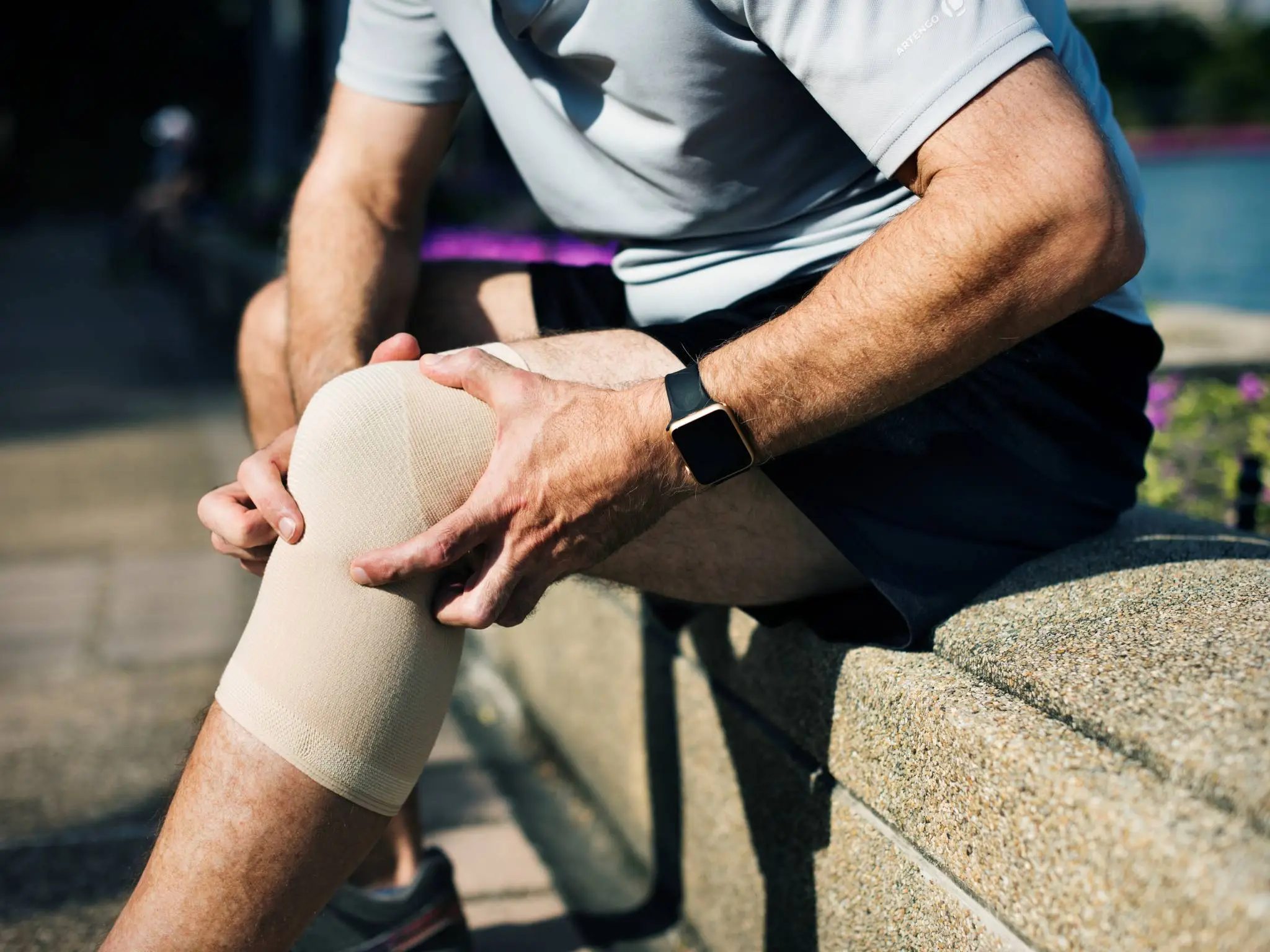The knee is a very complicated joint that has to support a lot of body weight and move in multiple directions. This complexity means that there are many different ways the knee may end up injured. Depending on the cause of the injury, knee treatments might be treatable at home, or they might require extensive medical treatment. Here is what you need to know about the ten common types of knee injuries and their treatment methods.
ACL Injuries
These types of injuries are very common among athletes who play contact sports. It occurs when the ligament located in a diagonal position across the front of the knee get damaged. Symptoms typically include a popping noise at the time of injury, swelling in the hours afterward, severe pain, and knee instability. The ACL can be mildly sprained, which typically just requires rest, ice, and compression bandages, or in the worst case scenario, it can be completely torn. Torn ligaments will require surgery to reconstruct the damaged area.
Knee Fractures
The knee contains a few different bones, and any of these may be fractured due to a fall or a blow to the knee. The patella, which is also called the kneecap, is the bone that most commonly gets fractured due to its placement right across the knee joint. Treatment will vary depending on the type of fracture. A fracture that results in the bones of the knee moving out of place may need surgery involving repositioning the bones and potentially stabilizing them. Even simple fractures will require you to wear a cast and keep the knee immobile while the bones heal.
Bursitis
The bursae are tiny fluid sacs that help to provide cushioning and lubrication in the knee joint. If the bursae become inflamed, then a person can develop bursitis. This is normally caused by knee overuse, so it often treated with rest. In some cases, the excess fluid can cause the knee to swell up, and a patient may need aspiration to remove the fluid.
Ruptured Tendons
The tendon can be torn by a direct blow or by certain extreme movements. These tendons weaken with age, so older people who continue to do extreme physical activities are likely to suffer from a torn tendon. A ruptured tendon tends to cause extreme pain, and if you continue to use the knee without treating it, it could cause permanent problems. Complete tears generally require surgery to be reattached, followed by resting the knee, and complete physical therapy.
Knee Dislocations
A dislocation occurs when the bones of the knee get jostled without being broken. It causes the knee bones to move out of alignment, and a knee dislocation may be caused by an injury or some sort of abnormality within the knee. At first, treatment normally just involves moving the knee bones back into place, keeping the leg immobilized for a few days, and taking over the counter pain medications. However, if the dislocation happens repeatedly, surgery may be needed to keep the bones in proper position.
Collateral Ligament Tears
The collateral ligaments help to hold the bones in place, but they can tear if a lot of force is put on the knee from the side. These injuries most commonly occur in contact sports like football or hockey. Injuries to the collateral ligaments are divided into grade 1, 2, and 3 injuries. Grade 1 and 2 injuries are sprains that require rest, ice, and potentially physical therapy to heal. Grade three injuries occur when the collateral ligament is split in two, and these tears need surgery to heal properly.
Tendonitis
The tendons are strong bands of fibrous tissue that attach the muscles of the leg to the knee bones. When the tendons get inflamed due to excessive use, a condition called patellar tendinitis can occur. It is often referred to as “jumper’s knee” because it is frequent among athletes who spend a lot of time jumping. It tends to start out as a dull ache in the knee before swelling and tenderness set in. Physical therapy and anti-inflammatory medications are enough to treat it in many cases, but surgery may be needed if scar tissue develops.
PCL Injuries
When the knee is bent during an injury, a person may get a PCL injury. The posterior cruciate ligament is a ligament that is situated along the back of the knee. Treatments for a PCL injury are very similar to those used for an ACL injury. Very mild injuries will heal on their own as long as you allow the knee to rest, but more severe injuries may need medical assistance or surgery.
Torn Meniscus
The menisci are two areas of cartilage that provide padding between the knee and the surrounding bones. They can tear during some rough sports, but it is even more common for them to just gradually thin with age until they eventually tear. As long as the knee is relatively stable, meniscus tears may be treated with rest and physical therapy, but if the tear is making it hard to move or put weight on the knee, you may need a knee treatment surgery to repair it.
Iliotibial Band Syndrome
The iliotibial band is situated along the outer knee, so it may repeatedly rub against the knee joint when the knee is used. Eventually, this results in a lot of wear and inflammation. This injury is most common among people running long distances, but it can happen at any time when the knee is overused. The pain is typically mild at first, but it worsens if the person continues to use it. People with Iliotibial band syndrome typically need rest to completely heal the injury.
To learn more about knee injury treatment, call Focus Physiotherapy today at (256) 883-0636 or request an appointment here.


